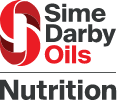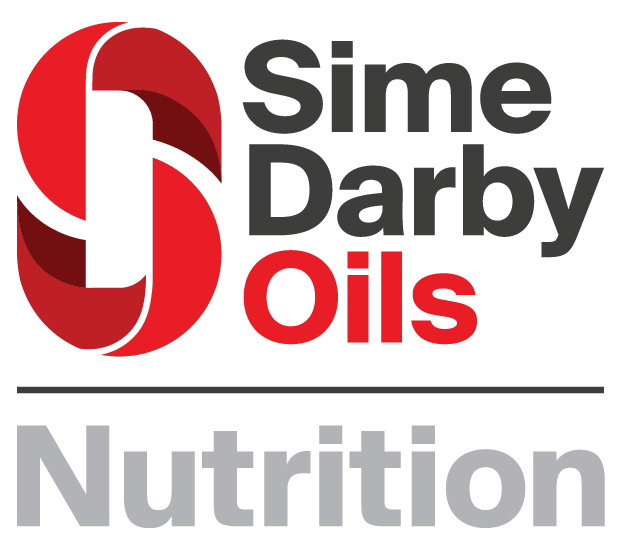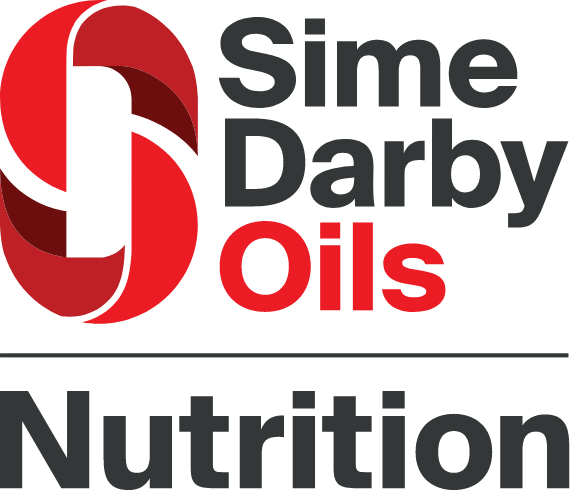Abstract:
Background: Non-alcoholic fatty liver disease (NAFLD) is a growing public health problem worldwide and is associated with increased morbidity and mortality. Currently, there is no definitive treatment for this disease. δ-Tocotrienol has potent anti-inflammatory and antioxidant properties and may reduce liver injury in NAFLD. The present study aims to evaluate the efficacy and safety of δ-tocotrienol in the treatment of NAFLD.
Materials and Methods: The present study was a randomized, double-blind, placebo-controlled pilot study conducted in patients aged > 20 years, belonging to both sexes, having ultrasound-proven fatty liver disease, having a fatty liver index (FLI) of ≥ 60, and persistent elevation of alanine transaminase. A total of 71 patients were assigned to receive either oral δ-tocotrienol (n=35, 300 mg twice daily) or placebo (n=36) for 12 weeks. At the baseline and at the end of the study, clinical and biochemical parameters, including lipid profile, liver function tests, high-sensitivity C-reactive protein (hs-CRP), and malondialdehyde (MDA) were measured. Body mass index and FLI were calculated, and ultrasound grading of hepatic steatosis was performed.
Results: Out of 71 enrolled patients, 64 patients, 31 in the δ-tocotrienol group and 33 in the placebo group, completed the study. After 12 weeks of supplementation, δ-tocotrienol showed greater efficacy than placebo by decreasing serum aminotransferases, hs-CRP, MDA, and FLI score (p<0.001). However, it did not improve hepatic steatosis on ultrasound examination. No adverse effects were reported.
Conclusion: δ-Tocotrienol was safe, and it effectively improved aminotransferase levels and inflammatory and oxidative stress markers in patients with NAFLD. Large-scale randomized clinical trials are warranted to further support these findings.



